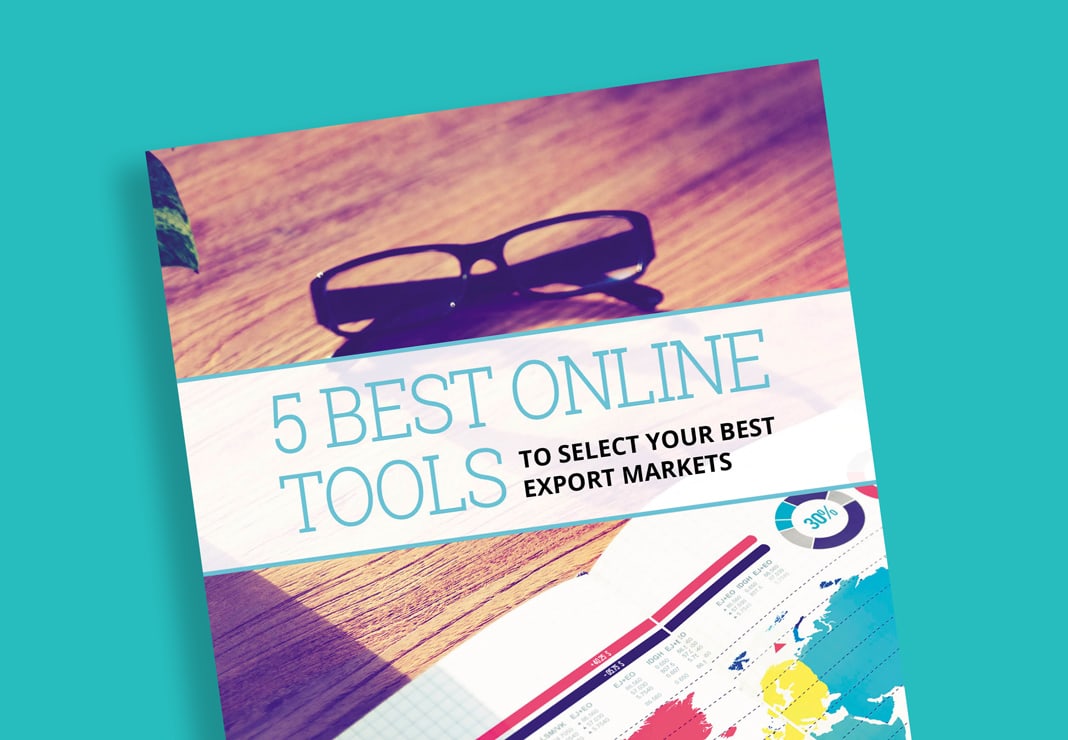Sandra is the owner of a food company who recently introduced a great innovative product on her local market. The success is promising for their innovation and the turnover is steadily growing. After some initial discussions with existing foreign partners, there seems to be a great interest in the new product on other export markets as well. The company has a strong experience in five export markets, and now Sandra needs to decide on international development of the new product.
She has a meeting with the marketing team and the CFO of the company. Their dilemma is which path to adopt for this new product in terms on international development. Michael, the marketing manager, proposes to use the innovation momentum and to launch the product to 20 countries simultaneously. His team conducted a detailed market research, and they have identified that these countries hold the best potential for their product. Michael’s argument is that launching the product concurrently on all these markets will bring the best performance and increase their competitive advantage on these markets. At the same time, their innovative product will be ahead and protected from new and existing competitors. Catherine, the finance geek, disagrees with this proposal as it implies a great investment in resources which are not available internally. She argues that for previous products, they have adopted a more prudent way and started exports with several neighboring markets. This expansion method proved successful and she does not understand why they should change.
10 years ago the company had decided to develop internationally to gain advantages such as economies of scale, avoid local market dependency, risk reduction and learning from international competition. It worked! Sandra had to learn very quickly that international development does not increase performance instantly due to sometimes lack of resources or experience, lack of global brand recognition. Also, internationalization implies costs arising from the newness of the local environment, from both cultural, political and economic differences and the need for coordination across geographic distances. She has been through all that.
Michael is pushing for a change in strategy from gradual to accelerated internationalization. Sandra agrees that the competition in the food sector is fierce and their innovation can be fast copied by competitors. As a manager of the company, she needs to make a choice. The company’s investors have as well made their point about expecting a more aggressive strategy including increasing global presence.
Gradual international expansion brings faster performance, turnover and return on sales in short-term. In the initial phase of their development, she made the choice to develop gradually. It was a good decision 10 years ago for a SME. Her advisors suggested that expanding to more than one to two countries per year proves detrimental to value creation and sustainable development for a SME.
What about now? Sandra has a stronger position of her company and a long term approach. Her resources are already aligned and ready for existing five export markets. Can she consider her company ready for an acceleration in their global approach?




